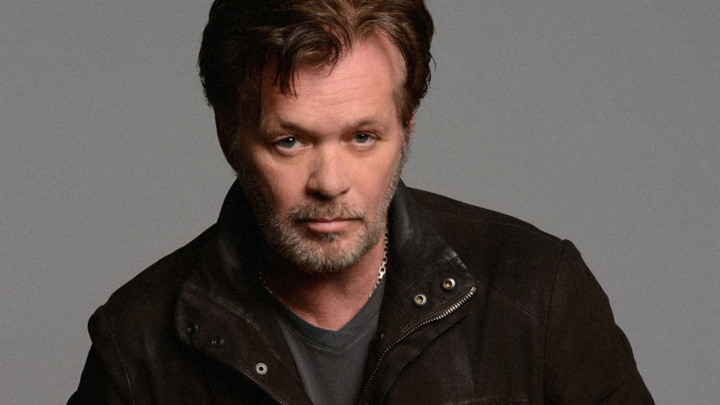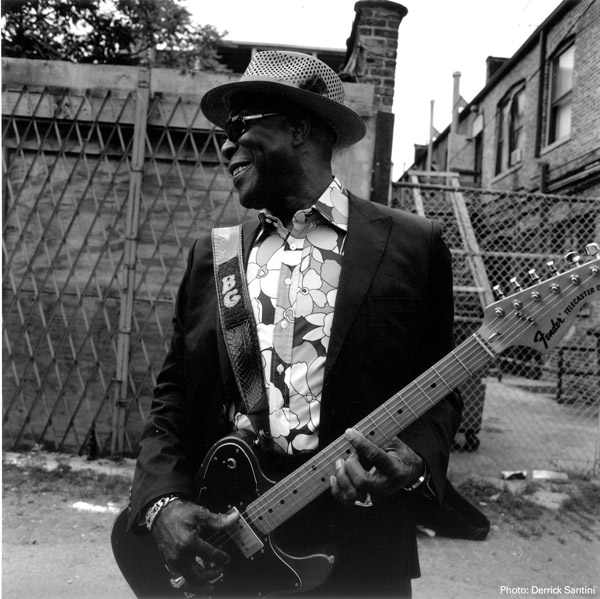By: Susan Lenz
When my husband Steve Dingman finished his PhD, he accepted a job here in Columbia. We moved in January 1987 and shortly thereafter, I got pregnant and we bought a house. We considered this the beginning of our "real lives" as tax-paying adults and felt the thrill of doing cultural things like attending the ballet. We'd never seen the Nutcracker and were excited to attend a Thanksgiving weekend performance at the Township Auditorium. Columbia City Ballet, a civic company, had guest dancer William Starrett performing the role of the Cavalier Prince. Little did we know that the local dance scene was about to change radically.
By the next year, Columbia City Ballet became a professional company under the direction of William Starrett. Instead of amateurs performing almost all the roles (hiring guest professionals only as needed, generally for leading male parts requiring complicated partnering), a professional troupe was hired. Paid dancers replaced local high school students. Ideally, this meant Columbia's audiences could expect a higher level of technical ability and better quality. It also meant that local student dancers had fewer opportunities to perform. That's when Ann Brodie's Carolina Ballet was founded, a civic company to continue the tradition of training pre-professional dancers.
Ann Brodie's Carolina Ballet is still mounting the Nutcracker at the Township Auditorium over every Thanksgiving weekend. This is their 30th year. All 163 dancers who auditioned last August were cast. Co-artistic director John Whitehead said, "It is our duty and responsibility to find a place for everyone. We make the dancers look good because they make the production look good." Over the years, several have gone from being mice to Sugar Plum Fairy. A civic company provides a unique training ground with performing opportunities. When I asked about the difficulties of casting, John explained that age, ability, and height are important factors. Plus, there are only so many costumes and dancers in particular scenes. (For example, there are only twenty Bon-Bon outfits.)
Rehearsals for this year's show have been underway for weeks. The dancers come from a variety of different ballet schools and programs. Older dancers rehearse every weekday evening after their regular ballet class plus Saturdays and Sundays. Younger dancers come on the weekends from 2 to 5:30. There are guest performers too, including Chris Beattie, a character actor who has been the Rat King for twenty-three years. Miss Libby's Dance School in Sumter sends tap dancing soldiers for the battle scene. The second act opens to the angelic voices of Capella Pueri, St. Peter's Catholic School choir under the direction of Andrew Kotylo. Neil Casey conducts The Columbia Festival Orchestra throughout the show.
I asked John Whitehead if he ever tired of this annual production. Confidently, he said no. He finds personal revitalization in the energy of the kids. I asked his co-artistic director Mimi Worrell if she had ever been Clara, the most coveted role for a young girl. No. Her first part was as a Party Girl. Over the years, she has danced just about every other role either as an amateur in a civic show or for pay in a professional company.
Over the years, I've seen plenty of Nutcracker productions, with choreography as different as George Balanchine's to Septime Webre's and companies as far away as Pacific Northwest and London's Royal Ballet. Yet, the one I know the best is still Ann Brodie's at Carolina Ballet. I will always love seeing young dancers living their dream and growing up on stage from part to part.
Tickets are available by calling (803) 576-2350 or visiting www.ticketmaster.com
Dates and times for the production are:
Friday, November 24, 2017 - 7:30pm
Saturday, November 25, 2017 - 7:30pm
Sunday, November 26, 2017 - 3:00pm











